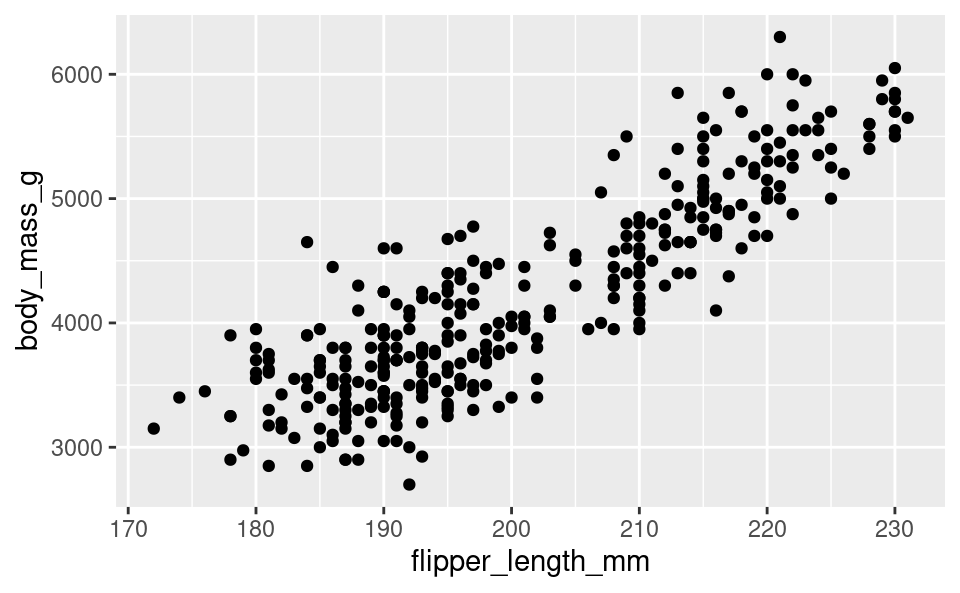Telling a data story
Lecture 24
Duke University
STA 101 - Fall 2023
Warm up
Announcements
- Check grades on Canvas, if anything seems off let me know asap. Your final grade will be calculated based on what’s on Canvas. No grades will be changed after the project is due.
- My office hours next week by appointment.
- Don’t forget to fill out course and TA evaluations.
- Project 2:
- Friday - Peer review. You must be in your lab section to participate in the peer review (and be eligible for the points for it).
- Next Thursday - Video (upload to YouTube/Warpwire/etc. and share link on Google sheet) + writeup (on Gradescope) due.
Setup
Telling a story
Multiple ways of telling a story
Sequential reveal: Motivation, then resolution
Instant reveal: Resolution, and hidden in it motivation
Simplicity vs. complexity
When you’re trying to show too much data at once you may end up not showing anything.
Never assume your audience can rapidly process complex visual displays
Don’t add variables to your plot that are tangential to your story
Don’t jump straight to a highly complex figure; first show an easily digestible subset (e.g., show one facet first)
Aim for memorable, but clear
Project note: Make sure to leave time to iterate on your plots after you practice your presentation. If certain plots or outputs are getting too wordy to explain, take time to simplify them!
Consistency vs. repetitiveness
Be consistent but don’t be repetitive.
Use consistent features throughout plots (e.g., same color represents same level on all plots)
Aim to use a different type of summary or visualization for each distinct analysis
Project note: If possible, ask a friend who is not in the class to listen to your presentation and then ask them what they remember. Then, ask yourself: is that what you wanted them to remember?
Your project plans
How are you telling your story?
Sequential reveal
Instant reveal
Our approach doesn’t fit either of these paradigms
No idea
Submit your answer on Canvas for 12-06 Check-in (access code: ___)
Designing effective visualizations
Data
# A tibble: 5 × 2
category value
<chr> <dbl>
1 Cutting tools 0.03
2 Buildings and administration 0.22
3 Labor 0.31
4 Machinery 0.27
5 Workplace materials 0.17Keep it simple


Judging relative area

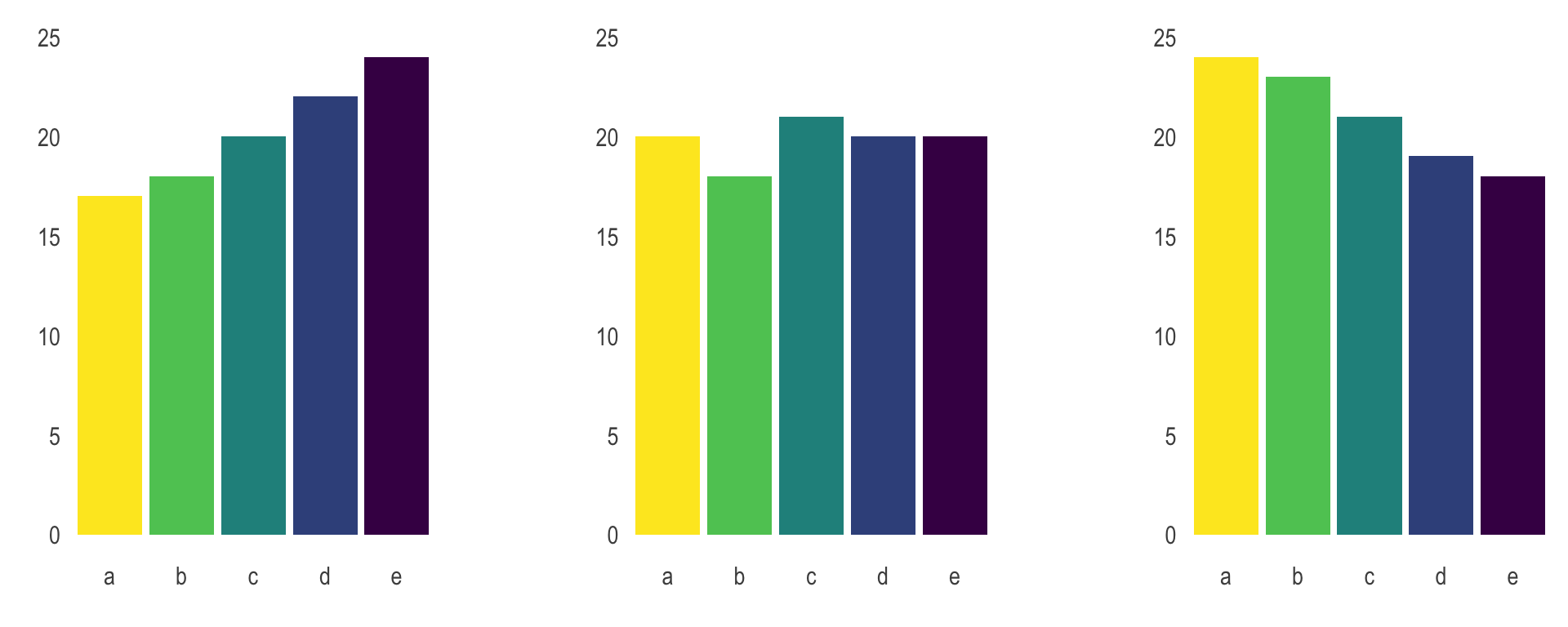
Use color to draw attention


Play with themes for a non-standard look




Go beyond ggplot2 themes – ggthemes




Tell a story

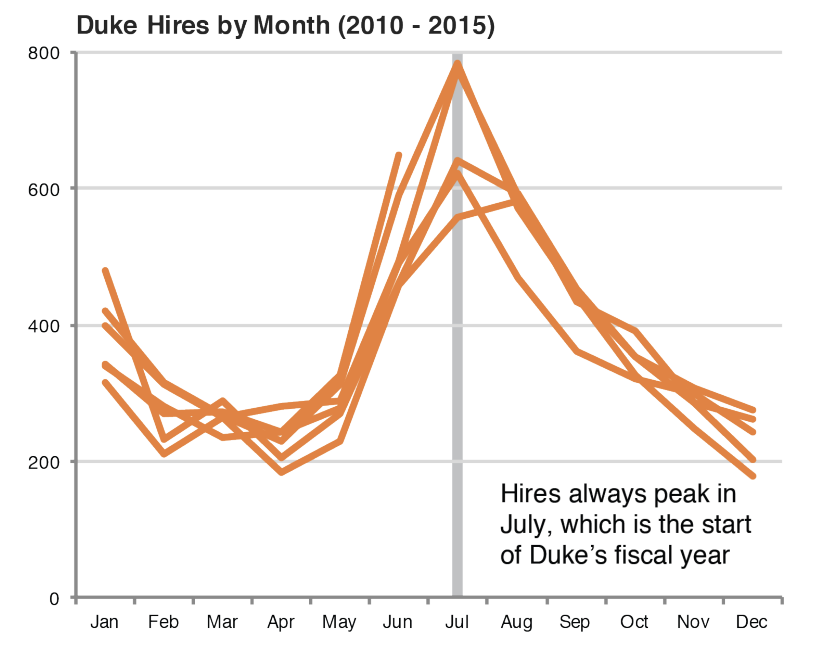
Leave out non-story details
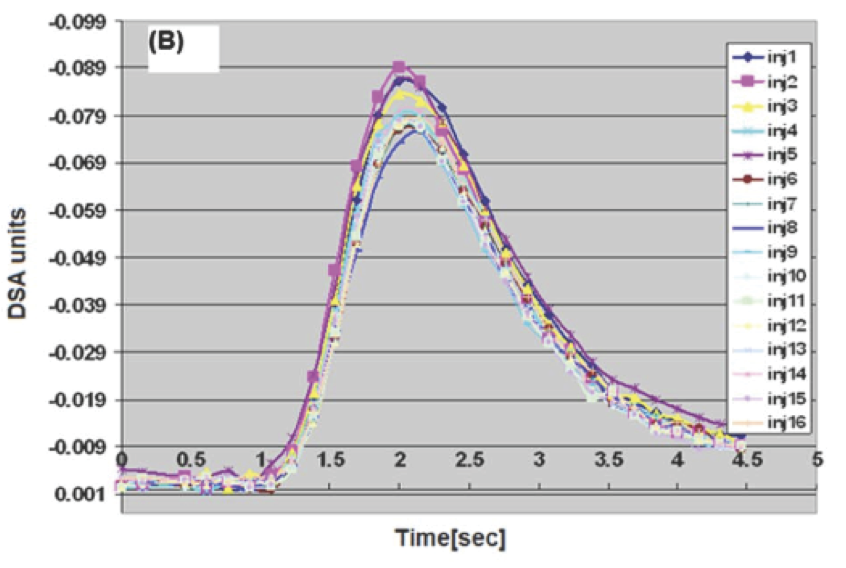

Order matters


Clearly indicate missing data
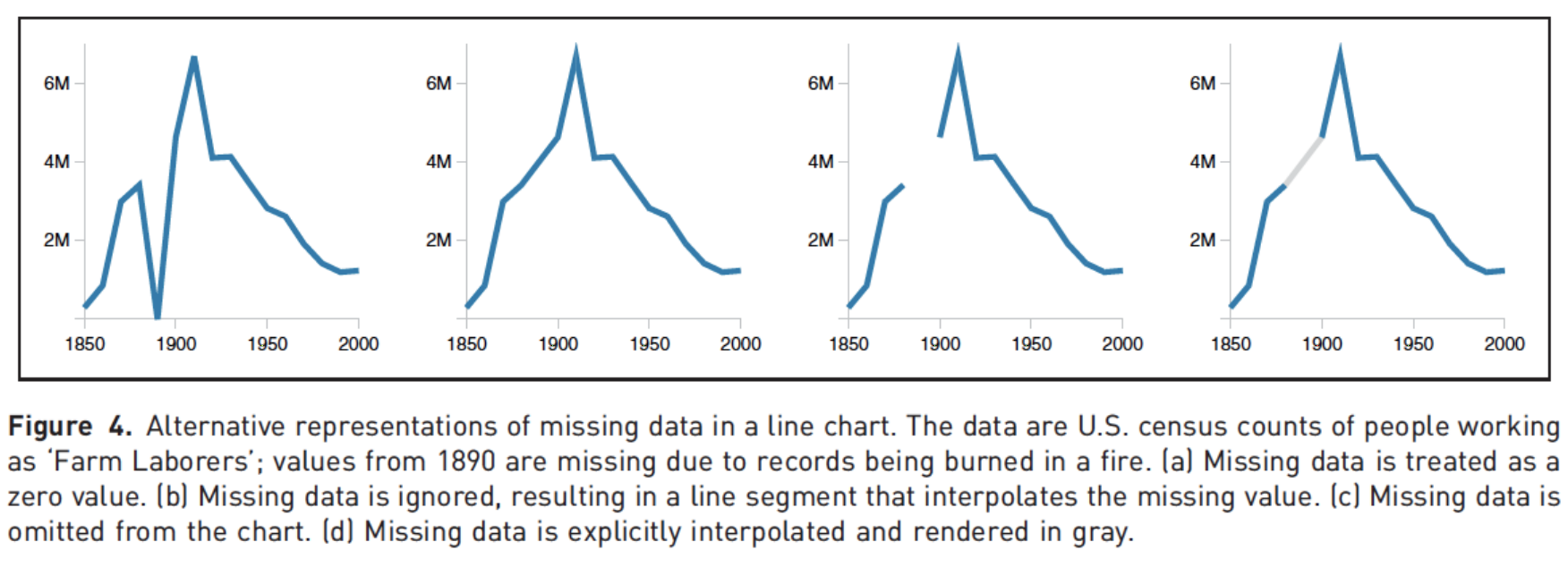
Reduce cognitive load
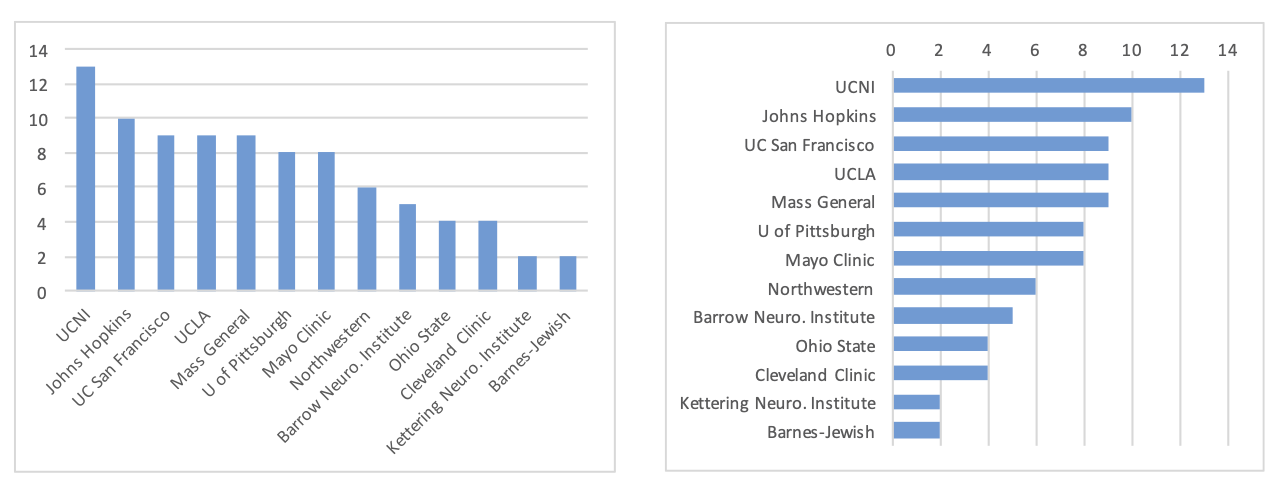
Use descriptive titles
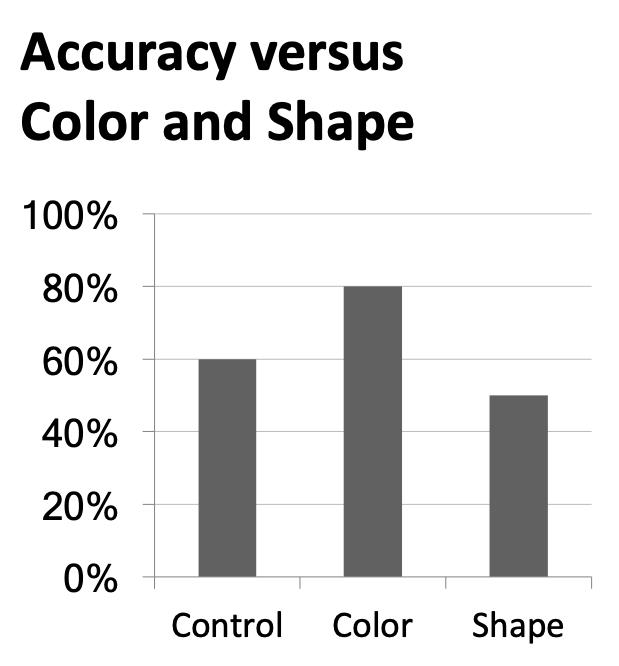
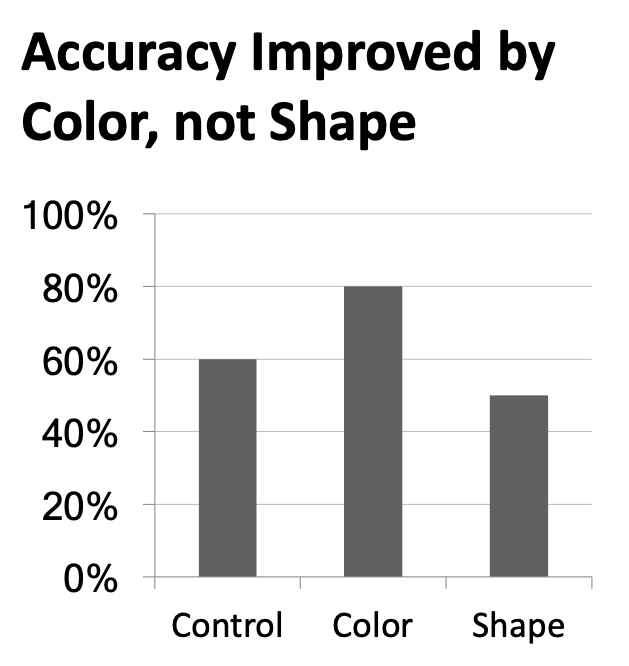
Annotate figures

Plot sizing and layout
Sample plots
Small fig-width
For a zoomed-in look
Large fig-width
For a zoomed-out look
fig-width affects text size


Multiple plots on a slide
First, ask yourself, must you include multiple plots on a slide? For example, is your narrative about comparing results from two plots?
If no, then don’t! Move the second plot to to the next slide!
If yes, use columns and sequential reveal.
Quarto
Writing your project report with Quarto
Figure sizing:
fig-width,fig-height, etc. in code chunks.Figure layout:
layout-ncolfor placing multiple figures in a chunk.Further control over figure layout with the patchwork package.
Chunk options around what makes it in your final report:
message,echo, etc.Cross referencing figures and tables.
Adding footnotes and citations.
Cross referencing figures
As seen in Figure 1, there is a positive and relatively strong relationship between body mass and flipper length of penguins.
Cross referencing tables
The regression output is shown in Table 1.
penguins_fit <- linear_reg() |>
fit(body_mass_g ~ flipper_length_mm, data = penguins)
tidy(penguins_fit) |>
knitr::kable(digits = 3)| term | estimate | std.error | statistic | p.value |
|---|---|---|---|---|
| (Intercept) | -5780.831 | 305.815 | -18.903 | 0 |
| flipper_length_mm | 49.686 | 1.518 | 32.722 | 0 |
The regression output is shown in @tbl-penguins-lm.
```{r}
#| label: tbl-penguins-lm
#| tbl-cap: The regression output for predicting body mass from flipper length of penguins.
penguins_fit <- linear_reg() |>
fit(body_mass_g ~ flipper_length_mm, data = penguins)
tidy(penguins_fit) |>
knitr::kable(digits = 3)
```


